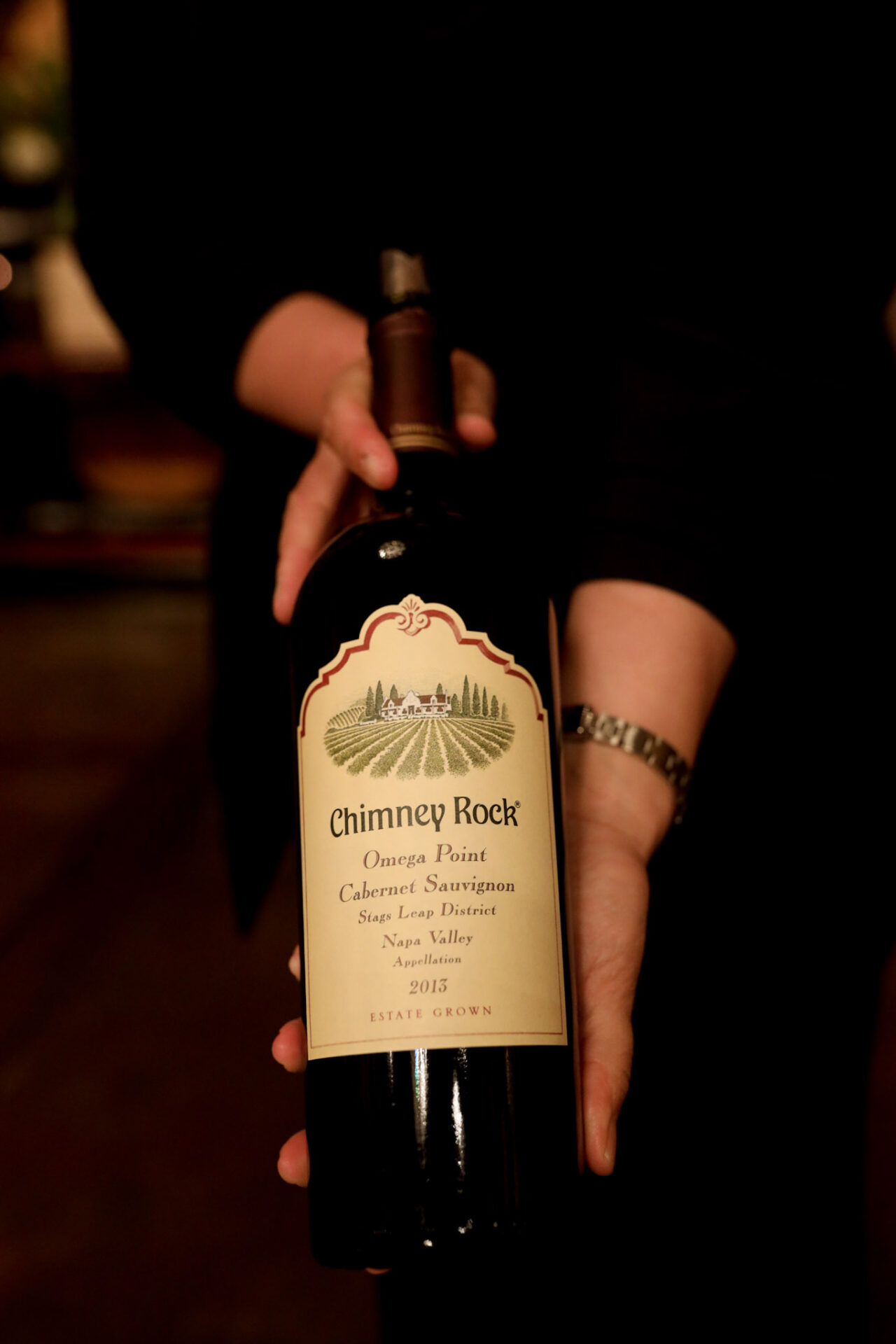
When it comes to wine, there’s an abundance of choices to explore, from sparkling whites to luscious dessert wines. Among the wide array of options, dry red wine stands out as a beloved classic.
But what exactly is dry red wine, and what sets it apart from its counterparts?
In this guide, we’ll delve into the world of dry red wine, exploring its characteristics, common types, and ideal food pairings. Whether you’re a wine enthusiast or just beginning your wine journey, this article will deepen your appreciation for this timeless libation.
Understanding Dry Red Wine: What Does “Dry” Mean?
To grasp the concept of dry red wine, it’s crucial to understand what “dry” means in the context of wine.
In simple terms, a dry wine is one that contains very little or no residual sugar. Residual sugar is the natural grape sweetness that remains after the fermentation process.
Typically, any wine is categorized as “dry” if it contains less than 1% sweetness (equivalent to less than 10 grams of residual sugar per liter). Red wines, based on their sweetness levels, can be grouped as follows:
Dry: Containing less than 1% residual sugar.
Off-dry or semi-sweet: With over 3% residual sugar.
Sweet wine: Having more than 5% residual sugar.
Dessert wine: Falling in the range of 7% to 9% residual sugar.
So, what distinguishes dry wine from sweet red wine?
Sweet red wines have a higher level of residual sugar, resulting in a sweet taste

Dry Red Wine Characteristics
Dry red wine offers a wide range of flavors and aromas, depending on factors like the grape variety, region, and winemaking techniques. Here are some common characteristics:
Tannins
Dry red wines often have high tannin levels. Tannins are compounds found in grape skins, seeds, and stems.
They contribute to the wine’s structure, creating a drying sensation in the mouth. Tannins are responsible for that pleasant astringency you may notice when sipping a robust red – similar to drinking a strong, black tea.
Dry Red Wine Alcohol Content
Dry red wines typically have a moderate to high alcohol content. This adds warmth and body to the wine, contributing to its overall richness. Most dry wines will be 12-16% ABV.
Full-Bodied
Many of these wines are considered full-bodied, meaning they have a rich and weighty feel on the palate. This characteristic is often associated with grape varieties like Cabernet Sauvignon, Merlot, and Syrah.

Common Types of Dry Red Wine
There’s a diverse array of red wines that are dry, each offering a unique experience. Here are some common dry red wine types:
Cabernet Sauvignon
Known for its boldness and high tannin levels, Cabernet Sauvignon is a classic dry red wine. It often features flavors of blackcurrant, plum, and cedar, with a lengthy finish. Napa Valley in California is renowned for its exceptional Cabernet Sauvignon.
Pinot Noir
Pinot Noir is loved for its elegance and versatility. It tends to be lighter in body compared to Cabernet Sauvignon, with flavors of red berries, cherries, and a touch of earthiness. It pairs beautifully with a variety of foods, making it a popular choice.
Related: Check out our complete guide to the best Pinot Noir for every budget!
Merlot
Merlot is known for its approachability and softer tannins. It offers flavors of plum, red cherry, and sometimes, herbal notes. It’s a great option for those new to dry red wines.
Syrah/Shiraz
Syrah, known as Shiraz in Australia, produces wines with intense flavors of blackberries, black pepper, and sometimes smoky notes. It’s a full-bodied wine with a bold character.
Related: Syrah vs Shiraz – What’s the Difference?
Cabernet Franc
Cabernet Franc is a red grape variety known for its aromatic qualities and its role as one of the parent grapes, alongside Sauvignon Blanc, in the creation of the iconic Cabernet Sauvignon. It often exhibits notes of black cherries, herbs, and a hint of bell pepper in its wines.
Red Blends
Many winemakers create red blends by combining different grape varieties. These wines offer a harmonious blend of flavors, often featuring a mix of fruity and spicy notes.

Dry Red Wine for Cooking
Dry red wine can also be a valuable ingredient in the kitchen. It adds depth of flavor to sauces, stews, and marinades.
When cooking with wine, it’s important to choose a wine that you would enjoy drinking, as the flavors will concentrate during the cooking process. Cabernet Sauvignon, Merlot, and Pinot Noir are all popular choices for cooking.
Conclusion
In conclusion, dry red wine offers a captivating world of flavors and possibilities. From the bold and structured Cabernet Sauvignon to the elegant and nuanced Pinot Noir, there’s a wine to suit every palate.
Whether you’re sipping it at a wine tasting, pairing it with your favorite meal, or using it to enhance your culinary creations, red wine is a timeless and versatile companion for wine enthusiasts and food lovers alike.
So, the next time you’re considering a bottle of wine, explore the world of dry reds and discover the magic they have to offer. Cheers!

I am madly in love with dry wines. This is the taste that I imagine when I hear the word “wine”. The taste is just fine, but there are few of my friends who can share my passion for this type of drink. I like that this wine represents a variety of flavors. And, besides, this wine is very suitable for cooking, and it’s great! I always have dry wine at home, and it’s very cool to use it to increase the depth of taste. Very good with meat, i usually use it while cooking and always recommend to my friends!